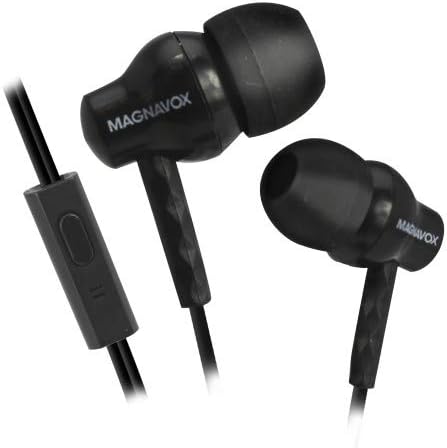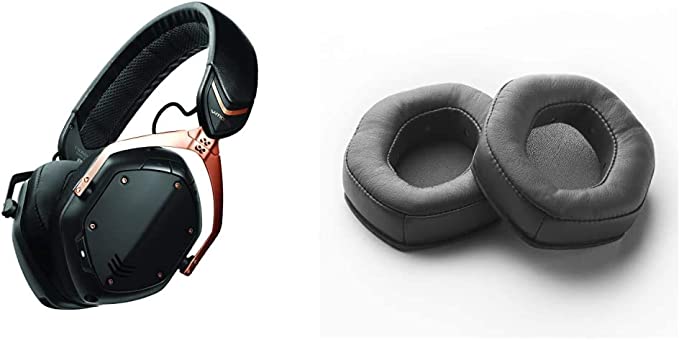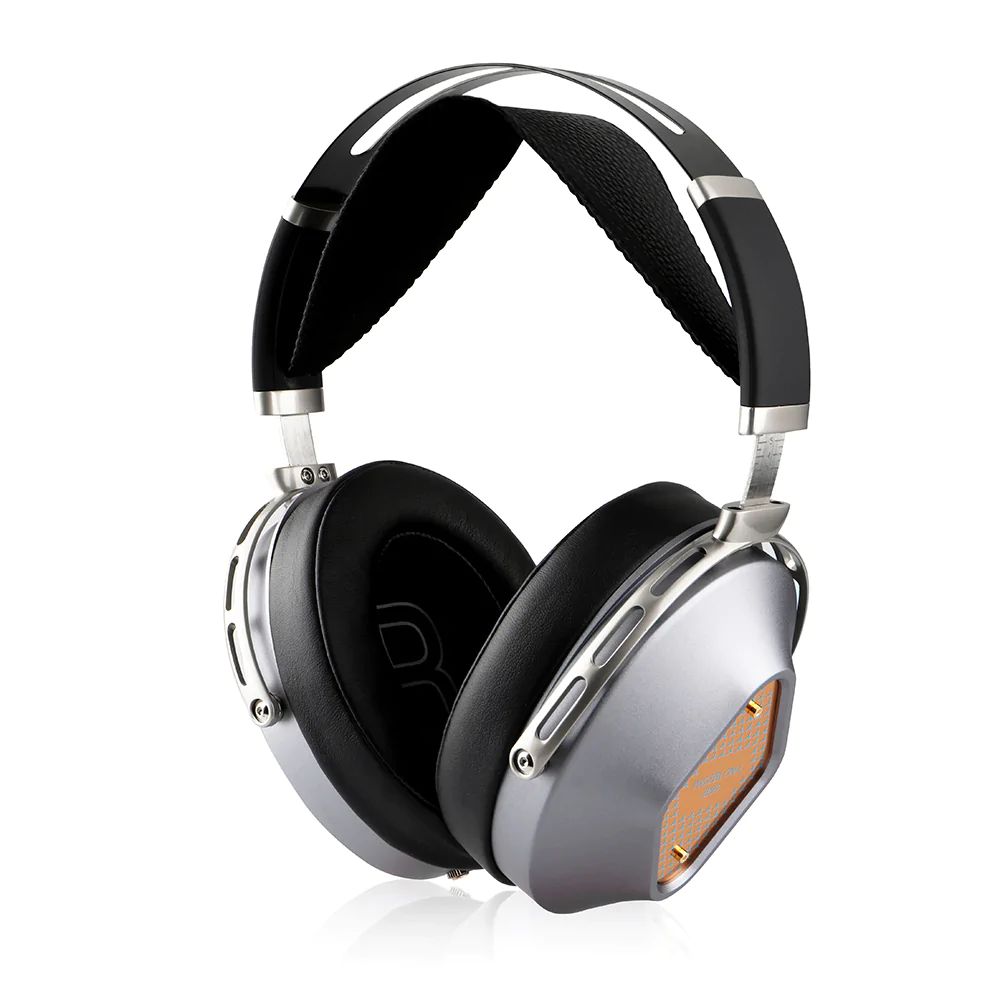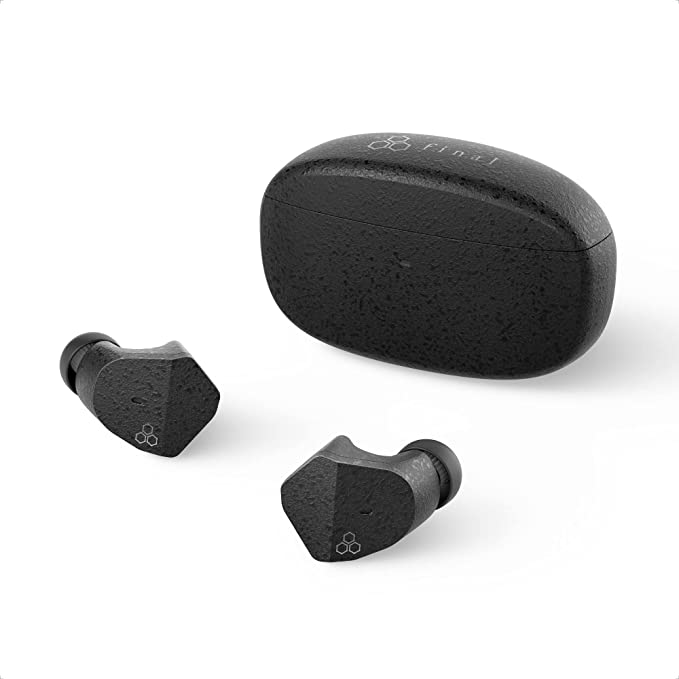FiiO FT3 Dynamic High-Res Over-Ear Headphones: Wired Over-Ear Headphones That Audiophiles Will Love
Update on June 27, 2025, 6:08 a.m.
Imagine standing in the center of a grand concert hall, moments before the orchestra begins. It’s not just the silence you notice, but the space—the vast, air-filled potential that sound is about to inhabit. Capturing that entire experience, the thunderous impact of the timpani, the delicate decay of a harp string, and the very dimensions of the hall itself, and then recreating it between two earcups is one of the greatest challenges in engineering. It’s a battle against the fundamental laws of physics.
Let’s explore the FiiO FT3 Dynamic High-Res Over-Ear Headphones, not as a product on a shelf, but as a fascinating set of answers to this very challenge. This is a story of deliberate choices, of scientific trade-offs, and of the pursuit of sonic truth through the artful application of engineering. We’re going to deconstruct this machine, piece by piece, to understand how it works.

The Engine of Sound: Why Scale Creates Effortless Power
At the heart of any dynamic headphone lies its engine: the driver. The FT3’s engine is a statement piece—a massive 60mm dynamic driver. In a world where 40-50mm is the norm, this is like choosing a large-displacement V8 for a sports car. The principle is one of effortless power. A larger surface area can move a greater volume of air with less physical movement (or “excursion”).
This has profound implications. According to basic acoustic principles, this means low-frequency notes can be produced with authority and depth, but without the strain that causes distortion. The bass feels less like a punch and more like a powerful, swelling wave. This sense of scale is the foundation of a convincing soundstage; it lays down a grand canvas upon which the music can be painted, giving instruments a believable size and weight. But raw power is a wild thing. An engine this large presents its own engineering puzzle: how do you ensure the piston moving all that air doesn’t tear itself apart at high speeds?

The Unyielding Piston: Forging Clarity with Diamond-Like Carbon
This is where material science enters the symphony. The diaphragm—the “piston” of our engine—faces a paradox. To reproduce the lightning-fast vibrations of high-frequency sounds, it must be incredibly lightweight. Yet, to avoid deforming and flexing under this stress (a phenomenon known as “driver breakup” that causes a harsh, messy sound), it must be phenomenally rigid.
FiiO’s solution is a sophisticated composite: a Beryllium-plated gasket supporting a Diamond-Like Carbon (DLC) diaphragm. Think of this as replacing a standard cast piston with one forged from an aerospace alloy and coated in a near-invincible material. DLC is an allotrope of carbon, sharing the extreme stiffness of diamond but in a form that can be applied as a thin, lightweight film. This incredible stiffness-to-mass ratio ensures that the entire 60mm surface moves as a single, coherent unit, even when tasked with reproducing the faintest, most complex treble details up to a claimed 40kHz. The result is clarity. It’s the ability to hear the subtle texture of a bow on a string, or the precise metallic shimmer of a hi-hat, without it dissolving into noise.

The Price of Precision: Taming the Beast with High Impedance
We now have a powerful, reliable engine. But in any high-performance system, control is just as important as power. This is where the FT3 makes perhaps its most deliberate, and defining, engineering choice: a substantial 350-ohm impedance.
In electrical terms, impedance is a measure of opposition to the flow of current. For headphones, a high impedance typically implies a voice coil wound with many more turns of a much finer wire. Why do this? It’s all about control. According to Ohm’s Law (V=IR), a higher impedance load demands more voltage from an amplifier to achieve the same power output. But more importantly, it allows the amplifier to exert a much tighter grip on the driver’s movement. This is called the “damping factor.”
Imagine trying to control a powerful horse with thin, stretchy reins versus thick, unyielding leather ones. The 350-ohm design is the leather reins. It enables the amplifier to precisely start and stop the diaphragm’s motion, squashing any unwanted ringing or resonance. This translates to a stunningly precise and clean sound. Drum hits are taut and impactful, with no muddy overhang. Complex musical passages remain articulate and separated.
But this precision comes at a price—a trade-off. Such a high-impedance headphone cannot be properly powered by a standard smartphone or laptop. It requires a dedicated headphone amplifier to provide the necessary voltage and control. This was a conscious decision by the engineers to prioritize absolute performance for a dedicated audience, rather than compromising for universal convenience.

Crafting the Concert Hall: The Acoustic Freedom of Open Air
With the machine built and its control system in place, there’s one final question: where will it perform? The FT3’s open-back architecture is the answer. The distinctive grilles on the outside of the earcups are not just for show; they are acoustic windows.
In a closed-back headphone, the sound waves generated from the rear of the driver are trapped, bouncing around inside the earcup and creating internal reflections and pressure. This can lead to a congested, “in-your-head” sound. The open-back design allows these waves to escape freely into the environment. This simple act of liberation prevents the formation of internal standing waves, allowing the driver to operate in a largely reflection-free zone.
The audible result is a breathtaking sense of space. The soundstage expands far beyond the confines of the earcups, creating a more natural, immersive experience akin to listening to a pair of well-placed speakers in a room. It is the final piece of the puzzle in recreating that concert hall experience. Of course, this brings the final trade-off: this design leaks sound and provides almost no isolation from outside noise, making it an instrument best enjoyed in a quiet, personal space.
A Symphony of Engineering
Ultimately, the FiiO FT3 is a compelling lesson in systems thinking. It is not merely a collection of impressive specifications, but a harmoniously tuned system where every part serves the whole. The massive driver provides the effortless power, which is made coherent and clear by the unyielding DLC diaphragm. This powerful assembly is then brought under exquisite control by the high-impedance electrical design, and the entire performance is allowed to blossom in the acoustically free space of its open architecture.
The quest for high fidelity is a beautiful and intricate dance with the laws of physics. And perhaps the greatest satisfaction lies not just in hearing the final, glorious result, but in understanding the elegance of the choreography—the thoughtful, deliberate trade-offs that elevate a collection of materials into a true musical instrument.



























































